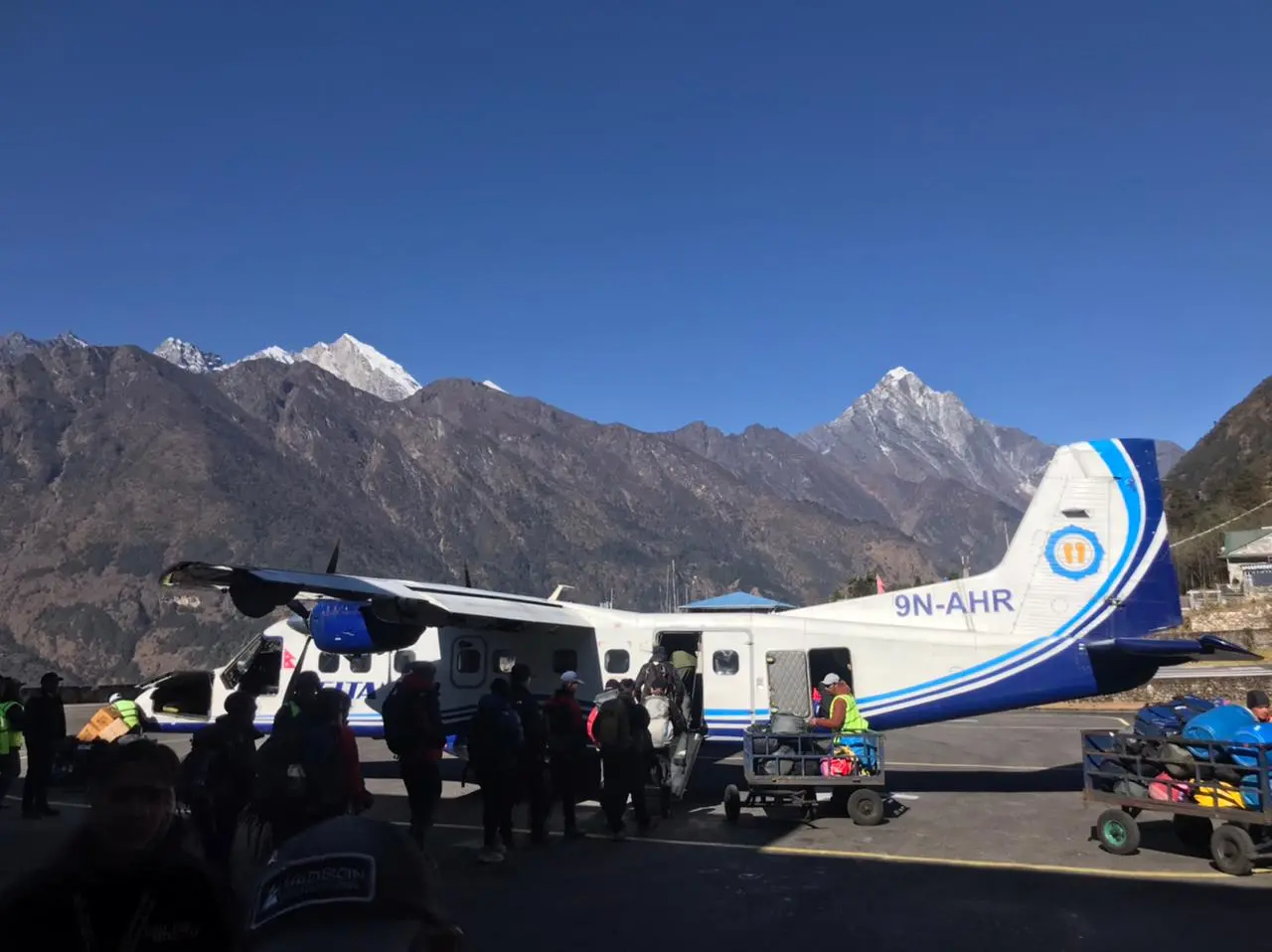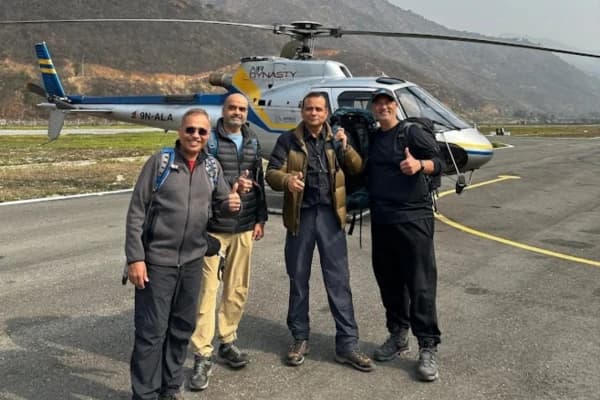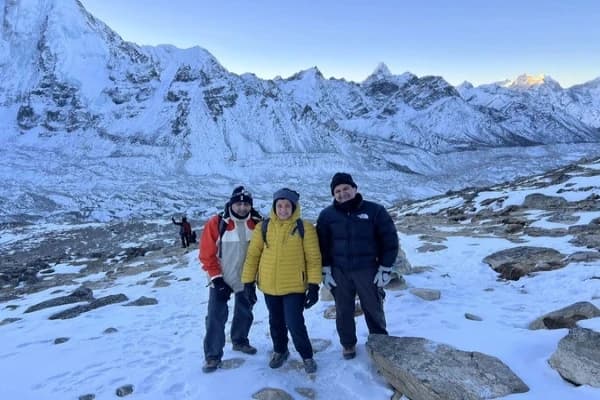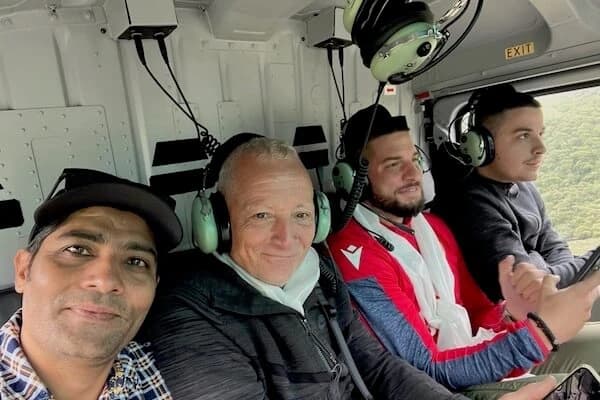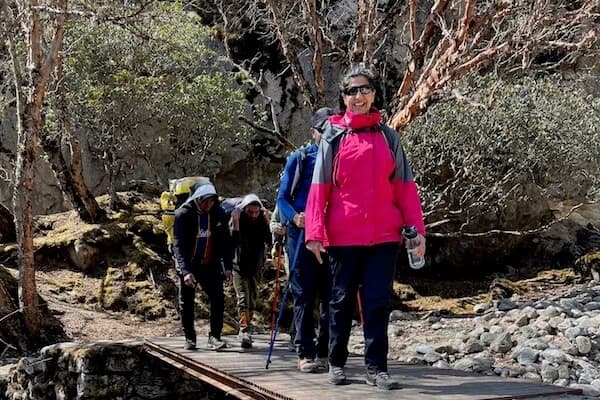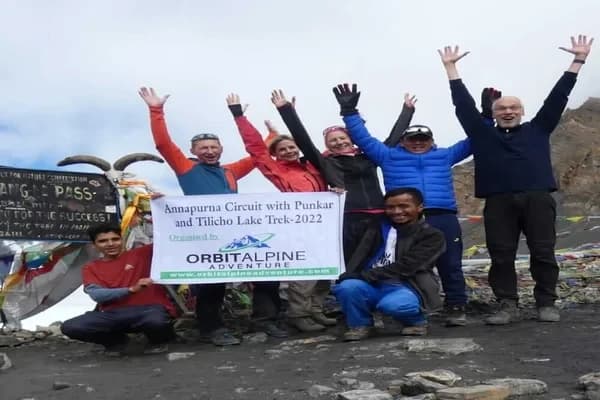The Everest Base Camp trek is not just a walk, it is a journey to the bottom of the world’s highest mountain. For many people who love adventure, it is a dream that brings them to Nepal’s tough trails, snowy mountains, and beautiful Sherpa villages. But this dream is not easy. It needs good planning and preparation.
From the small airport in Lukla to the colorful prayer flags in Namche Bazaar, and from the cold winds near Gorak Shep to the sunrise at Kala Patthar, every step of the trek is exciting but also difficult. The high altitude, changing weather, and faraway location mean you need more than just excitement. You must have the right knowledge, fitness, and equipment to finish the trek.
Imagine yourself standing there, looking at the Khumbu Icefall with Mount Everest standing tall above you. The air is thin, but your heart feels proud. All your training, packing, and planning finally bring you to this moment. Some trekkers even choose to return by helicopter, enjoying one last amazing view of the Himalayas.
This guide will give you 25 important tips to make your trek safer, easier, and more enjoyable. From fitness advice to gear lists, from adjusting to high altitude to learning about local culture, everything here will help you get ready for one of the best trekking adventures in the world.
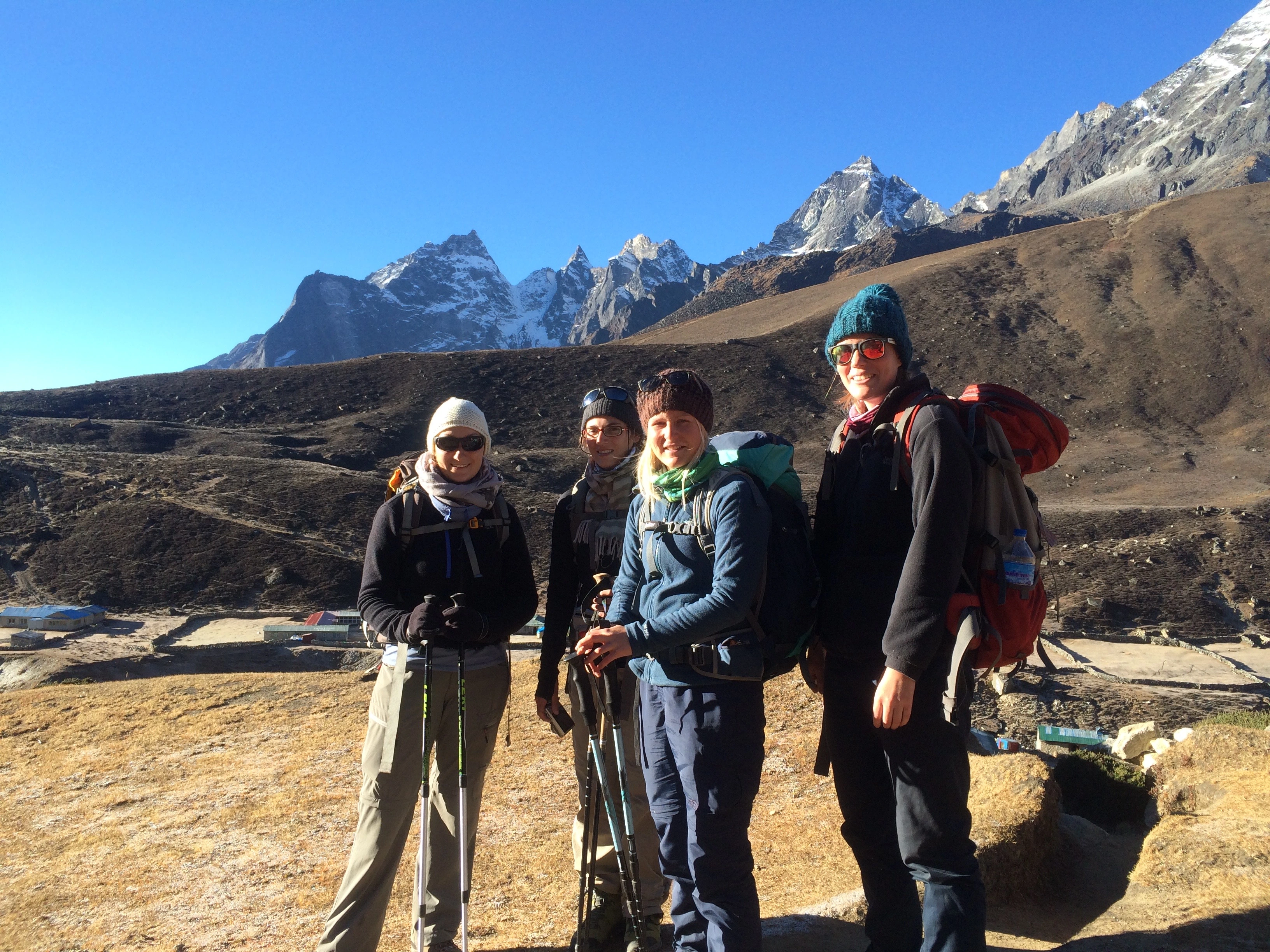
Understanding the Everest Base Camp Trek
The Everest Base Camp trek is not only about walking on mountain trails. It is a journey that mixes adventure, culture, and the dream of standing at the foot of the tallest mountain in the world. The trek usually takes 12 to 14 days, depending on pace and acclimatization. Routes vary slightly, but most follow the classic trail through Namche, Tengboche, Dingboche, and Gorak Shep. For trekkers wanting a day-by-day outline, our Everest Base Camp Trek Guide offers a clear breakdown.
As you go higher, the air becomes thin and the paths more rocky. Nights are colder, but the views become more magical with every step. The highlight for many is reaching Base Camp at 5,364 meters and then climbing Kala Patthar at 5,545 meters for sunrise views of Mount Everest. It is an adventure that tests your body but also fills your heart with joy.
1. Choose the Right Trekking Season
The season you pick matters a lot. Weather can decide whether your trek feels smooth or very hard.
- Spring (March to May): Warm days, clear skies, and blooming flowers.
- Autumn (September to November): Best views, cool air, and safe trails.
- Winter (December to February): Quiet paths but very cold nights.
- Monsoon (June to August): Green forests but heavy rain and clouds.
If you want a safe and beautiful experience, most trekkers choose spring or autumn. This is why it is so important to check the best time to visit Everest Base Camp trek before you go.
2. Research the Route and Itinerary
Walking to Base Camp is not just about reaching the end. It is about knowing the path and preparing for each day. A good plan keeps you safe and makes the trek more fun.
Most itineraries include rest days at Namche Bazaar and Dingboche so your body can adjust to the altitude. On these days, you can explore nearby villages, try local food, or hike to small viewpoints. Side trips, like visiting the Everest View Hotel, give you extra memories along the way.
Planning your route in advance means fewer surprises and more enjoyment.
3. Understand Altitude and Acclimatization
Some trekkers prefer shorter itineraries with fewer days, but it increases the risk of altitude sickness. If you are looking for options, the Ultimate Guide to Everest Base Camp Short Trek explains how shorter routes work with proper acclimatization.
- Walk slowly, even if you feel strong.
- Drink plenty of water.
- Rest when you need to.
- Never ignore headaches or dizziness.
Even very fit people can feel weak at high altitude. Remember, the mountain rewards those who go slow. That is the key to safe acclimatization for this trek.
4. Train for Endurance and Strength
The trek is not a race, but you still need to be ready for long days of walking. Most days you will walk 5 to 7 hours with a backpack. If your body is used to exercise, the journey will feel much easier.
You can train by:
- Going for long walks or hikes on weekends.
- Climbing stairs instead of taking the lift.
- Doing simple strength workouts like squats, lunges, and planks.
- Cycling, swimming, or running to build stamina.
Think of training as part of the adventure itself. The more you train for this trek, the more you will enjoy the journey.
5. Practice Hiking with a Loaded Backpack
Carrying a backpack may sound simple, but it feels heavy after hours of walking. Even if you hire a porter, you will still need to carry your water, snacks, and warm layers.
Practice hiking with a 5–8 kg backpack before your trip. Do this on hills or uneven paths, not just flat roads. This will make your shoulders stronger and your body more comfortable with the extra weight.
This small habit of hiking Everest makes a big difference once you are on the trail.
6. Break in Your Trekking Boots
Your boots will walk with you every step of the way. If they are new or stiff, they can give you painful blisters. That can make even short walks feel very long.
Wear your boots on several hikes before your trek. Use the same socks you plan to wear in Nepal. Walk on both flat roads and rocky paths. By the time you leave for Nepal, your boots should feel soft, flexible, and comfortable.
Good trekking boots are as important as your ticket to Lukla.
7. Get Your Gear Ready Early
Packing early gives you time to check if something is missing or needs replacing. Do not wait until last week.
Must-have gear includes:
- A warm down jacket and thermal layers
- Gloves, hats, and thick socks
- A sleeping bag made for very cold nights
- Trekking poles for steep climbs
- A headlamp with extra batteries
Follow a trusted packing for Everest Base Camp list so you do not forget anything.
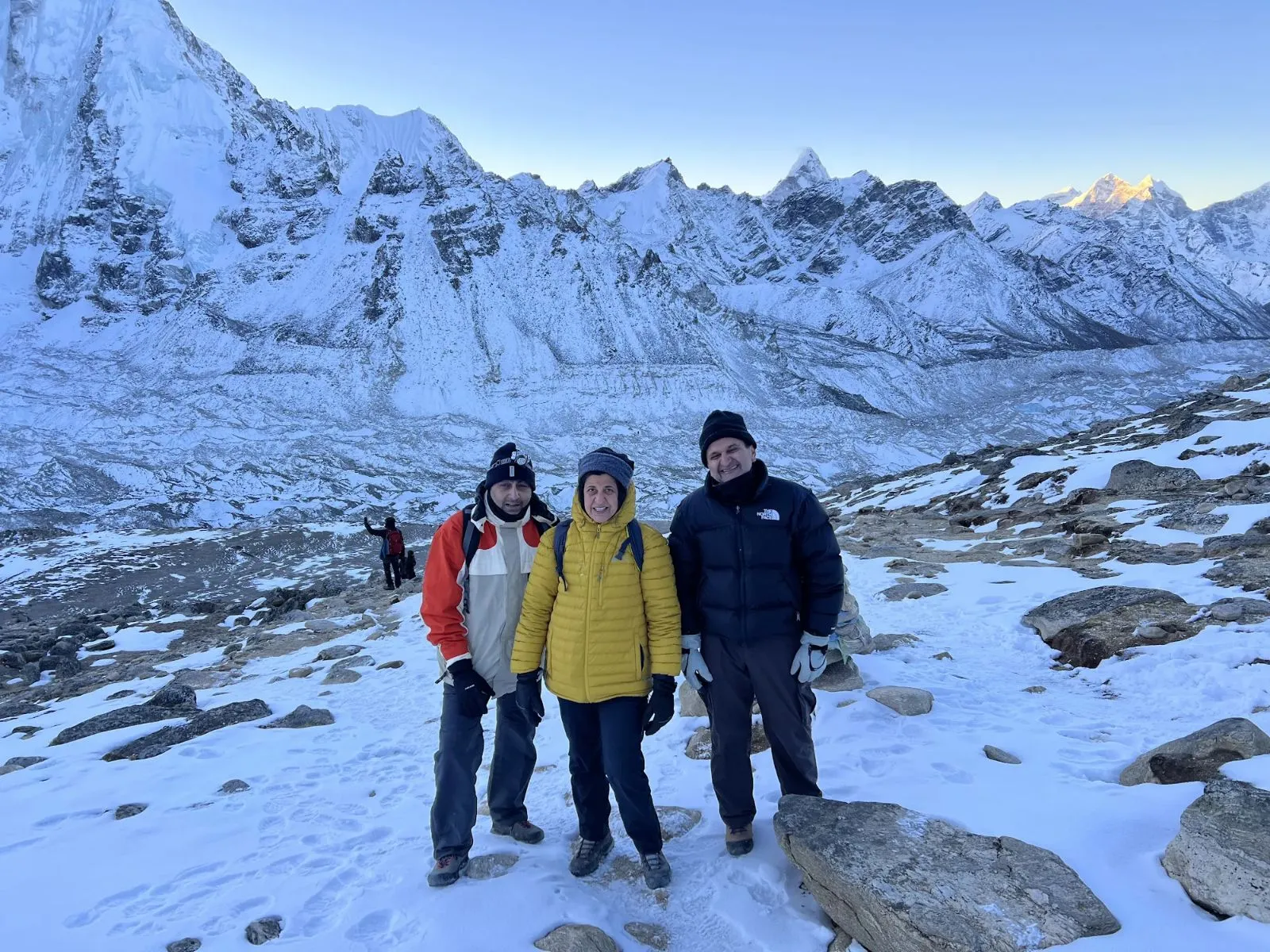
8. Prepare for Varied Weather Conditions
On the Everest Base Camp trek, mornings may feel warm and sunny, but nights can be freezing cold. Snow, rain, and wind can also surprise you.
- Dress in layers so you can add or remove clothes easily.
- Keep waterproof gear ready for sudden rain.
- Carry warm nightwear for tea house stays.
Smart weather preparation means you will stay comfortable no matter what nature brings.
9. Arrange Permits in Advance
You cannot start the trek without permits. Make sure you get them before leaving Kathmandu.
- TIMS card (Trekkers’ Information Management System)
- Sagarmatha National Park permit
Organize your permits early to avoid last-minute stress.
10. Consider Travel Insurance That Covers High Altitude
Some trekkers extend their journey by exploring more challenging routes like the Everest Three High Passes Trek, which adds adventure and incredible views beyond the classic Base Camp trail.
- It should cover trekking up to 6,000 meters.
- It must include helicopter evacuation in case of emergencies.
- It should also cover delays or cancellations.
- A good travel insurance plan keeps you safe and gives peace of mind.
11. Plan Buffer Days for Delays
Flights to Lukla often depend on weather. If the sky is cloudy, planes cannot fly.
- Add at least 1–2 extra days to your plan.
- This way you won’t miss your international flight.
Good planning means thinking about delays before they happen.
12. Stay Hydrated and Eat Right
Your body uses more energy at high altitude. Staying hydrated and eating well is very important.
- Drink 3-4 liters of water daily.
- Eat simple, high-carb foods like rice, pasta, or potatoes.
- Avoid alcohol and meat after Namche Bazaar.
Proper hydration habits keep you strong and healthy.
13. Learn How to Recognize and Respond to AMS
AMS (Acute Mountain Sickness) is the biggest danger in the mountains.
- Common symptoms: headache, nausea, dizziness, or loss of appetite.
- What to do: rest, drink water, and if it gets worse, go down immediately.
Knowing altitude sickness Everest Base Camp signs helps you trek safely.
14. Prepare Medications and First Aid Kit
Tea houses have very few medical supplies. Carry your own kit.
- AMS medicine like Diamox
- Painkillers for headaches or muscle pain
- Blister plasters or tape
- Bandages and antiseptic cream
A personaln medicine kit is your best safety tool.
15. Train Your Breathing Techniques
At high altitude, every breath counts. Learning how to breathe deeply helps your body use oxygen better.
- Practice slow, deep inhaling and exhaling.
- Try yoga or breathing exercises before your trip.
- While trekking, focus on steady breathing with each step.
These breathing tips can help you feel stronger on steep climbs.
16. Plan for Safe and Sustainable Trekking
The Himalayas are beautiful, but fragile. Protecting the mountains is part of being a good trekker.
- Carry a reusable water bottle and water purifier.
- Do not leave plastic waste behind.
- Respect local culture and traditions.
Following sustainable trekking Everest habits keeps the trails clean for future trekkers.
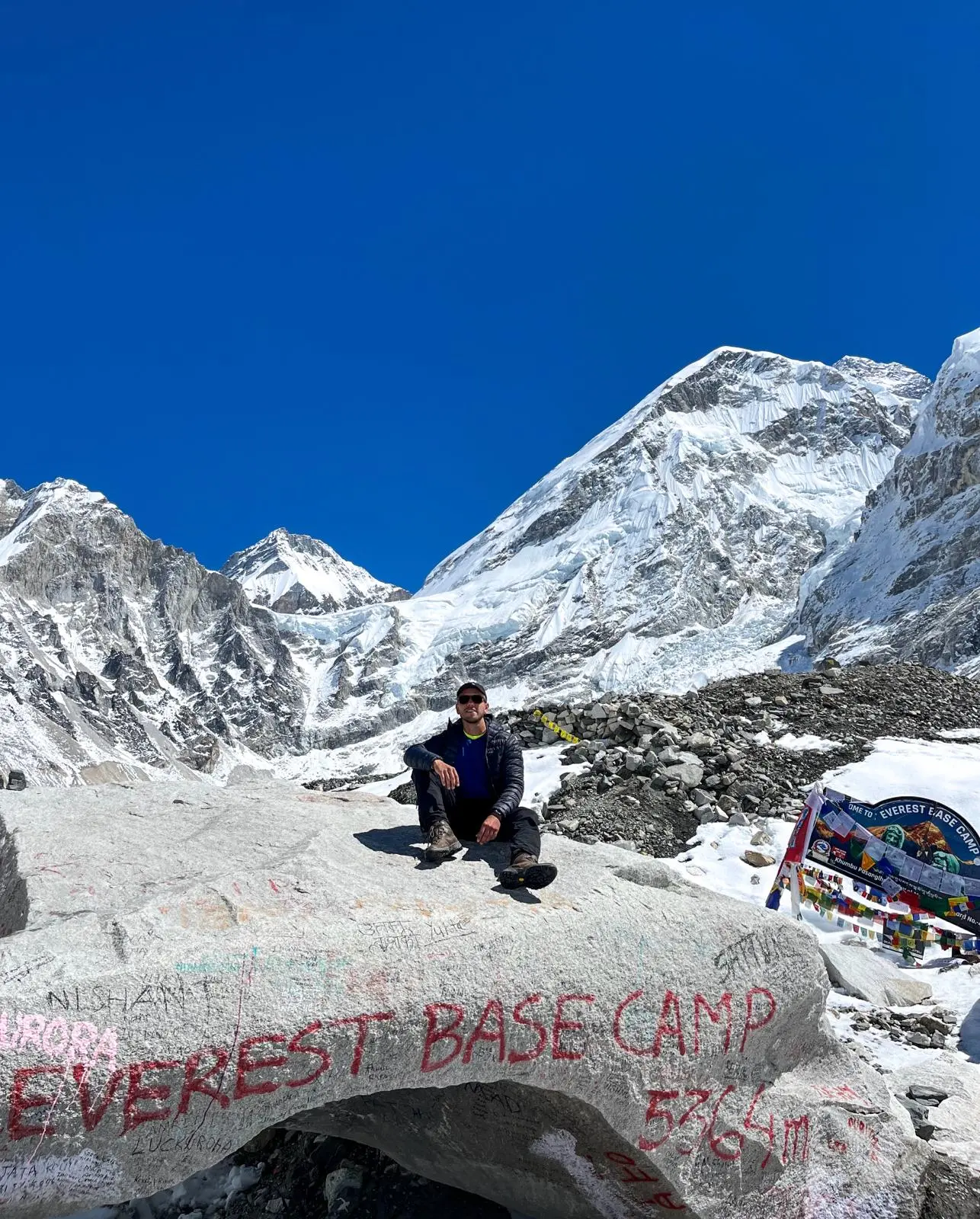
17. Know the Tea House Culture
Tea houses are small lodges run by local families. They are simple but warm and welcoming.
- Rooms usually have twin beds and shared bathrooms.
- Food is homemade, mostly rice, noodles, and soup.
- The dining hall is the best place to meet other trekkers.
Understanding tea houses helps you enjoy local hospitality.
18. Carry Cash for the Trail
There are no ATMs beyond Namche Bazaar. Everything on the trek must be paid in cash.
- Carry enough Nepali rupees for meals, rooms, and snacks.
- Keep small bills, as tea houses may not have changed.
- Also budget for extras like hot showers or device charging.
Plan your money needs before leaving Kathmandu.
19. Protect Skin, Eyes, and Lips
The sun at high altitude is much stronger than at lower places.
- Use sunscreen with SPF 50 or higher.
- Wear sunglasses to protect your eyes from snow glare.
- Carry lip balm with SPF to avoid dry, cracked lips.
Proper skin protection keeps you safe from burns and discomfort.
20. Keep Electronics Warm and Charged
Cold weather drains batteries fast. Losing power means no photos or no way to contact home.
- Carry extra power banks.
- Use solar chargers if possible.
- Keep your phone and batteries inside your sleeping bag at night.
These charging devices tricks keeps your gear ready to use.
21. Learn Basic Nepali or Sherpa Phrases
Speaking a few words in the local language makes the journey friendlier.
- “Namaste” - Hello
- “Dhanyabad” - Thank you
- “Ramro cha” - It is good
- “Subha ratri” - Good night
Using Nepali phrases, trekking will make locals smile and feel respected.
22. Respect the Pace - Slow and Steady Wins
Walking too fast is one of the biggest mistakes. Slow trekking gives your body time to adjust.
- Take short steps and steady breaths.
- Rest often and enjoy the views.
- Remember, it is not a race.
A steady trekking pace on Everest is the key to success.
23. Consider Side Trips Along the Way
There are beautiful side trips along the route that many trekkers enjoy.
- Visit Hotel Everest View for stunning mountain panoramas.
- Explore Tengboche Monastery for spiritual peace.
- Walk to Khumjung Village to see the Sherpa lifestyle.
These side trips make your journey richer and more meaningful.
24. Understand Helicopter Return Options
Not everyone walks back after reaching Base Camp. Some choose a Everest Base Camp trek Return by Helicopter to make their travel fast, fun, easy, safe and more adventurous.
- A Everest Base Camp trek return by helicopter saves time.
- It gives you incredible views of the mountains from above.
- It is also useful if you feel sick or tired.
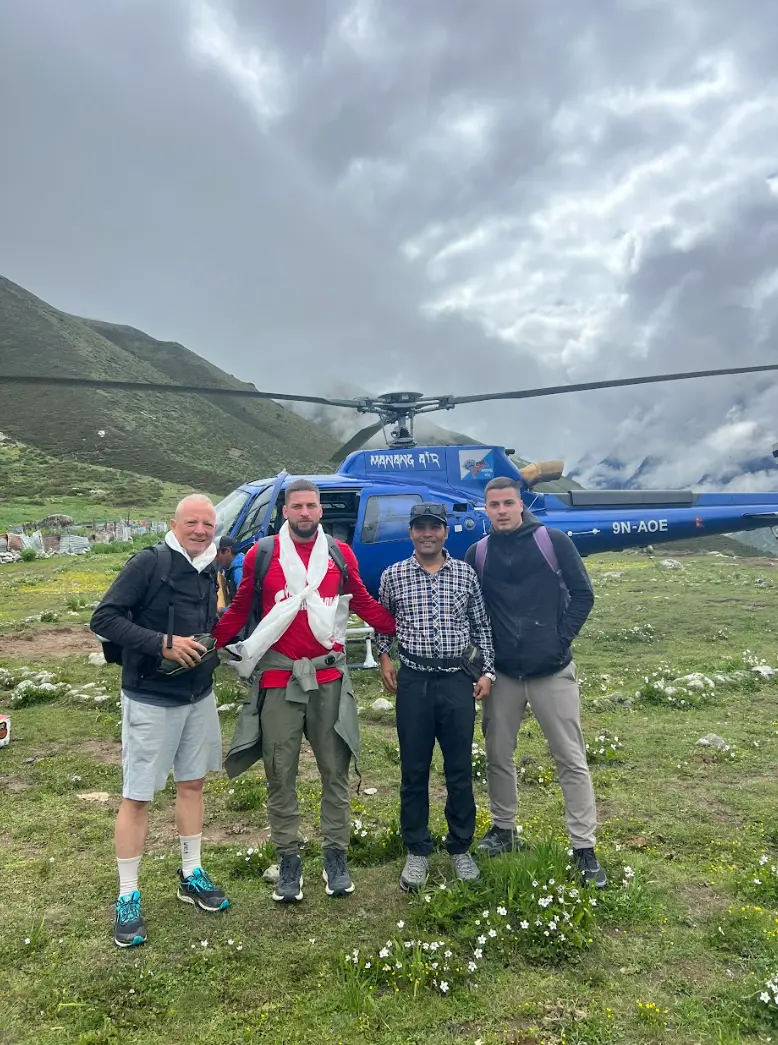
25. Trek with Experienced Guides and Porters
Guides and porters are the heart of the trekking experience.
- Guides help with navigation, safety, and cultural insights.
- Porters carry heavy loads, making the trek easier for you.
- Both provide support and make your journey smoother.
Trekking with guides is not just about safety, it is also about sharing the adventure with locals.
Final Thoughts on Preparing for Everest Base Camp
The Everest Base Camp trek is a journey of a lifetime. It is challenging but also deeply rewarding. With these 25 preparations, you will be ready for the trail, the altitude, and the culture. Remember to stay flexible, respect the mountains, and enjoy each step.
Whether you trek back the same way or choose a Helicopter Return, the memories will stay with you forever. Preparation is the first step toward making your Himalayan dream come true.
Frequently Asked Questions
How much does it cost to trek to Everest Base Camp?
It usually costs $1,200–$2,500, depending on guides, porters, food, and accommodation. Luxury treks or helicopter returns cost more.
How fit do I need to be for this trek?
You should be able to walk 5–7 hours a day. Regular cardio, hiking, and light strength training are enough.
What permits are required for this trekking?
You need a TIMS card and a Sagarmatha National Park entry permit.
Can I return from Everest Base Camp by helicopter?
Yes. Many trekkers choose a Everest Base Camp trek return by helicopter for speed, comfort, or emergencies.
What is the risk of altitude sickness during the trek?
It is a real risk above 2,500 m. Walk slowly, drink water, and acclimatize to reduce it.
How many days does the this trek take?
Most treks take 12–14 days, including rest days for acclimatization.
What kind of accommodation can I expect on the trek?
You stay in tea houses, which are simple lodges with basic rooms and shared facilities.
Is travel insurance necessary for this trek?
Yes. It should cover trekking up to 6,000 m and include helicopter evacuation.
How do I prepare my gear for this trek?
Pack early, break in your boots, test your backpack, and follow an Everest Base Camp trek packing list.
